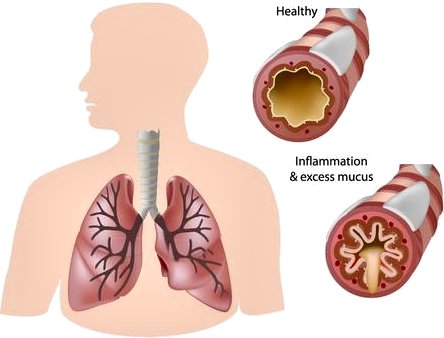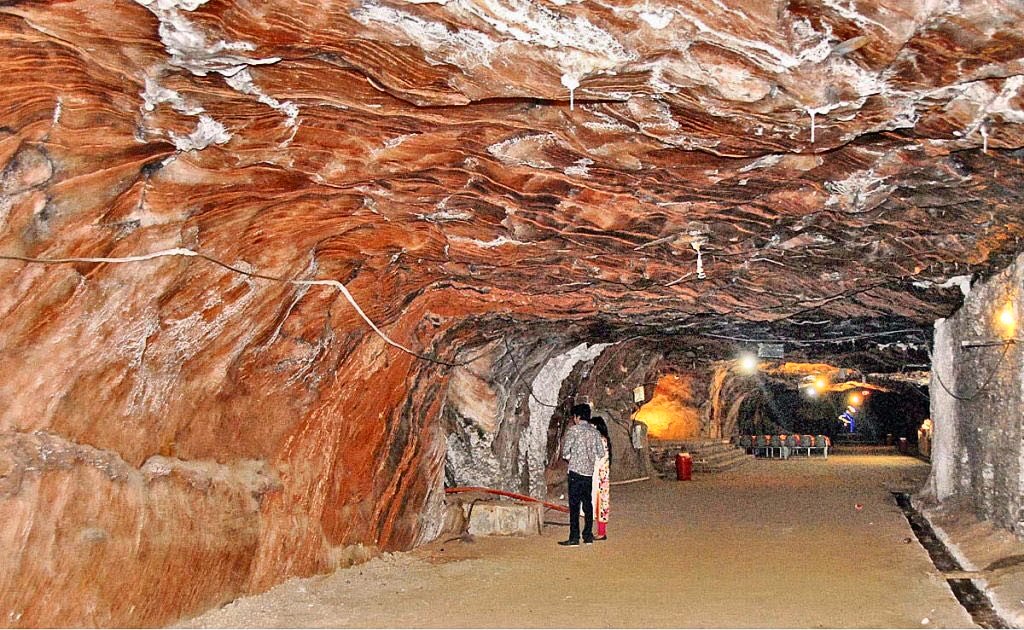Health Benefits of Speleotherapy
Speleotherapy, derived from the Greek word “spḗlaion” meaning “cave”, is an alternative medicine respiratory therapy that involves breathing inside a cave. It’s claimed to be beneficial for a range of respiratory and skin conditions, including bronchial asthma, bronchitis, various allergies, and chronic sinus diseases, and a host of other respiratory conditions.
What’s the Difference Between Halotherapy and Speleotherapy?
Speleotherapy takes place in natural underground caves that contain salt. However, these are less common in some areas. Halotherapy uses an artificial environment to create the same effect. Places that offer halotherapy use a dry salt aerosol to spread tiny particles of salt around the room.
Research on Speleotherapy
Research on speleotherapy includes a study by soccer player Hoyrmír Malota and his team, who observed positive changes in the immune system of patients at a speleotherapeutic sanatorium. They noted improvements in secretory and lymphatic lysosomes and immunoglobulins after exposure to the underground environment, without pharmaceutical interventions. Despite these findings, some aspects of cave environments, such as aerosol compositions and CO2 concentrations, remain controversial in their therapeutic significance.
Clinical Trials on Speleotherapy

Speleotherapy and respiratory health
Clinical trials on speleotherapy present a mixed picture.
A Romanian review from 2017 acknowledged its potential for treating asthma and other respiratory problems, but also noted the scarcity of studies in international databases.
Clinical trials have confirmed that salt therapy, closely related to speleotherapy, is effective for relieving symptoms in various respiratory conditions like sinusitis, bronchiectasis, and chronic obstructive pulmonary disease (COPD) Source.
One randomized controlled trial focused on winter exercise combined with speleotherapy for allergy and asthma patients, indicating an improvement in quality of life and allergic symptoms. However, further research is necessary to fully understand the specific effects of speleotherapy. Another study highlighted the limited scientific evidence supporting speleotherapy’s effectiveness in treating chronic airway diseases, pointing out the need for more research.
Contrasting findings show that while some studies estimate the clinical effectiveness of speleotherapy at 97.3% with long-lasting remission periods, others call for more randomized controlled trials with long-term follow-up to draw reliable conclusions, especially in the context of chronic asthma.
Halotherapy
Halotherapy, which includes speleotherapy when practiced in caves, is another form of alternative medicine that utilizes salt. Its proponents attribute a variety of health benefits to it, and is also backed by scientific credibility.
Norman Edelman of the American Lung Association suggests that inhaled salt particles might help thin mucus in people with obstructive lung diseases, aiding in expelling sputum.
History of Speleotherapy
The earliest known mentions of speleotherapy date back to 12th-century Poland, with modern history tracing back to 1843 when Polish physician Feliks Boczkowski promoted salt treatment after observing that workers in salt mines had fewer respiratory problems than other miners.
Since the 1950s, therapeutic centers for asthma sufferers have been established in regions with natural karst caves, salt tunnels, and mines in countries like Slovakia, Romania, Ukraine, and Poland.
In summary, speleotherapy is an age-old natural practice, is a drug-free, 100% safe, non-invasive treatment that alleviates the health problems associated with asthma, sinusitis, allergies and a host of other respiratory illnesses.
We hope you found the information above useful. Leave a comment below, or contact us if you have any questions.
